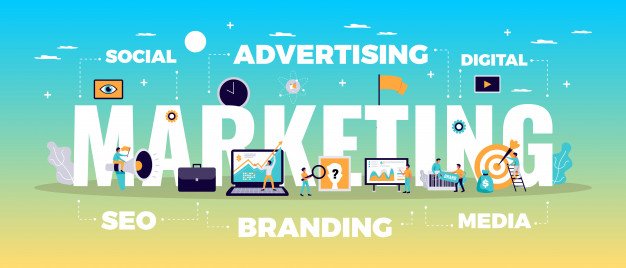Marketing is the backbone of every business. Whether you are a small business owner or a franchise owner, marketing is something that you cannot ignore. However, when it comes to franchises, marketing can be a tough nut to crack. As a franchise owner, you have multiple stakeholders to consider, and you need to maintain a consistent brand image across all your locations.
However, with the advent of digital marketing, things have become a lot easier. In this article, we are going to discuss 4 franchise digital marketing tactics that can help you grow your business.
4 Franchise Digital Marketing Tools
Let’s take a look at 4 common digital marketing tactics you can try out for your franchised business.

1. Search Engine Optimization (SEO)
Search Engine Optimization or SEO is one of the most effective digital marketing tactics that can help your franchise business. SEO helps your website rank higher in search engine results pages (SERP), which drives more traffic to your website. When it comes to franchises, SEO is essential to ensure that all your locations appear in local searches.
Local SEO helps businesses appear in Google’s Map Pack, which is an organic search result that displays local businesses in a specific area. By implementing local SEO tactics such as claiming your Google My Business (GMB) listing, optimizing your website for local keywords, and building local citations, you can improve your search engine rankings and attract more customers to your franchise locations.
2. Pay-Per-Click (PPC) Advertising
Pay-per-click advertising is a digital advertising model that allows businesses to pay for ad placements on search engine results pages (SERP), social media platforms, or other websites. PPC advertising can be a great way to increase brand awareness and drive traffic to your franchise website.
However, when it comes to franchises, it is essential to ensure that all your ads are consistent with your brand guidelines. By creating a centralized ad campaign that can be modified and localized for each franchise location, you can maintain a consistent brand image across your entire franchise network.
3. Social Media Marketing
Social media marketing is a great way to connect with your audience and build brand awareness. Platforms such as Facebook, Twitter, and Instagram can help you reach potential customers and engage with your existing audience.
When it comes to franchises, social media marketing can help you maintain a consistent brand image across all your locations. By creating a centralized social media strategy and providing localized content to each franchise location, you can ensure that all your social media accounts are consistent with your brand guidelines.
4. Email Marketing
Email marketing is one of the most cost-effective digital marketing tactics available. By building an email list of your existing customers, you can keep them informed about your latest offers, promotions, and events. When it comes to franchises, email marketing can be a great way to stay in touch with your customers across all your locations.
By creating a centralized email marketing campaign and providing localized content for each franchise location, you can ensure that all your email marketing campaigns are consistent with your brand guidelines.
Implement Digital Marketing Techniques to Drive Online Traffic to Your Franchise
When it comes to franchises, digital marketing can be a powerful tool to drive growth and maintain a consistent brand image across all your locations. By implementing these digital marketing tactics, you can improve your search engine rankings, increase brand awareness, connect with your audience, and stay in touch with your customers. However, digital marketing is an ever-evolving field, and it is essential to stay up-to-date with the latest trends and best practices to ensure the success of your franchise business.
Read Also:






















